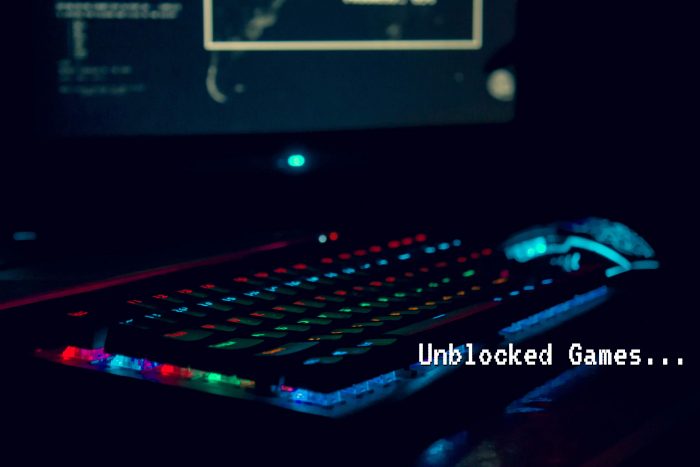Unlocked Games: A Controversial Perspective on School Entertainment
Introduction: In recent years, the discussion surrounding unlocked games in schools has become a topic of debate among educators, parents, and students alike. Unlocked games refer to video games that have their restrictions or limitations removed, allowing players to access additional features, levels, or content that would otherwise be locked. While some argue that unlocked games can offer educational benefits, others express concerns about potential drawbacks. This article aims to explore both sides of the argument and shed light on the implications of incorporating unlocked games into the school environment.
The Pros of Unlocked Games in Schools:
- Engagement and Motivation: unlocked games for school have the potential to enhance student engagement and motivation. By providing access to additional content or features, students may find the learning experience more enjoyable and rewarding, leading to increased participation in educational activities.
- Critical Thinking and Problem-Solving: Many unlocked games involve complex challenges and puzzles that require critical thinking and problem-solving skills. Integrating such games into the school curriculum can help students develop these cognitive abilities in a dynamic and interactive way.
- Creativity and Imagination: Some unlocked games encourage creativity and imagination, fostering a learning environment that goes beyond traditional methods. These games often allow students to explore and express their ideas in unique ways, promoting a more holistic approach to education.
- Teamwork and Collaboration: Multiplayer unlocked games provide opportunities for students to collaborate and work together towards common goals. This can enhance teamwork skills, communication, and social interaction, preparing students for real-world situations.
The Cons of unlocked game websites in Schools:
- Distraction and Disruption: One of the primary concerns with unlocked games in schools is the potential for distraction and disruption in the learning environment. Students may become more focused on the game than on the educational content, leading to a decrease in academic performance.
- Inappropriate Content: Unlocked games, especially those accessed online, may contain inappropriate content that is not suitable for a school setting. Schools must carefully vet and monitor the games to ensure they align with educational objectives and adhere to acceptable content standards.
- Addiction and Excessive Screen Time: Unchecked use of unlocked games can contribute to issues related to addiction and excessive screen time. It is crucial for schools to implement clear guidelines and limits on gaming activities to maintain a healthy balance between technology use and other educational pursuits.
- Inequitable Access: Not all students may have equal access to devices or the internet at home, potentially creating disparities in their ability to engage with unlocked games outside of school hours. This could exacerbate existing inequalities in education.
Conclusion: The integration of unlocked games for school is a complex and nuanced issue that requires careful consideration of both the potential benefits and risks. Striking a balance between leveraging the engaging aspects of games for educational purposes and mitigating the potential drawbacks is essential. Ultimately, a thoughtful and well-regulated approach can help harness the positive aspects of unlocked games while ensuring that they contribute positively to the overall educational experience.

































































